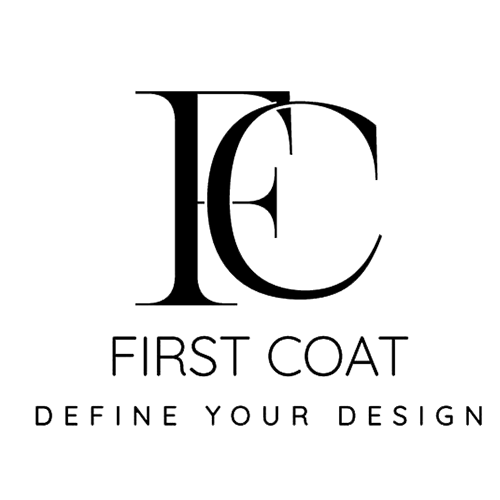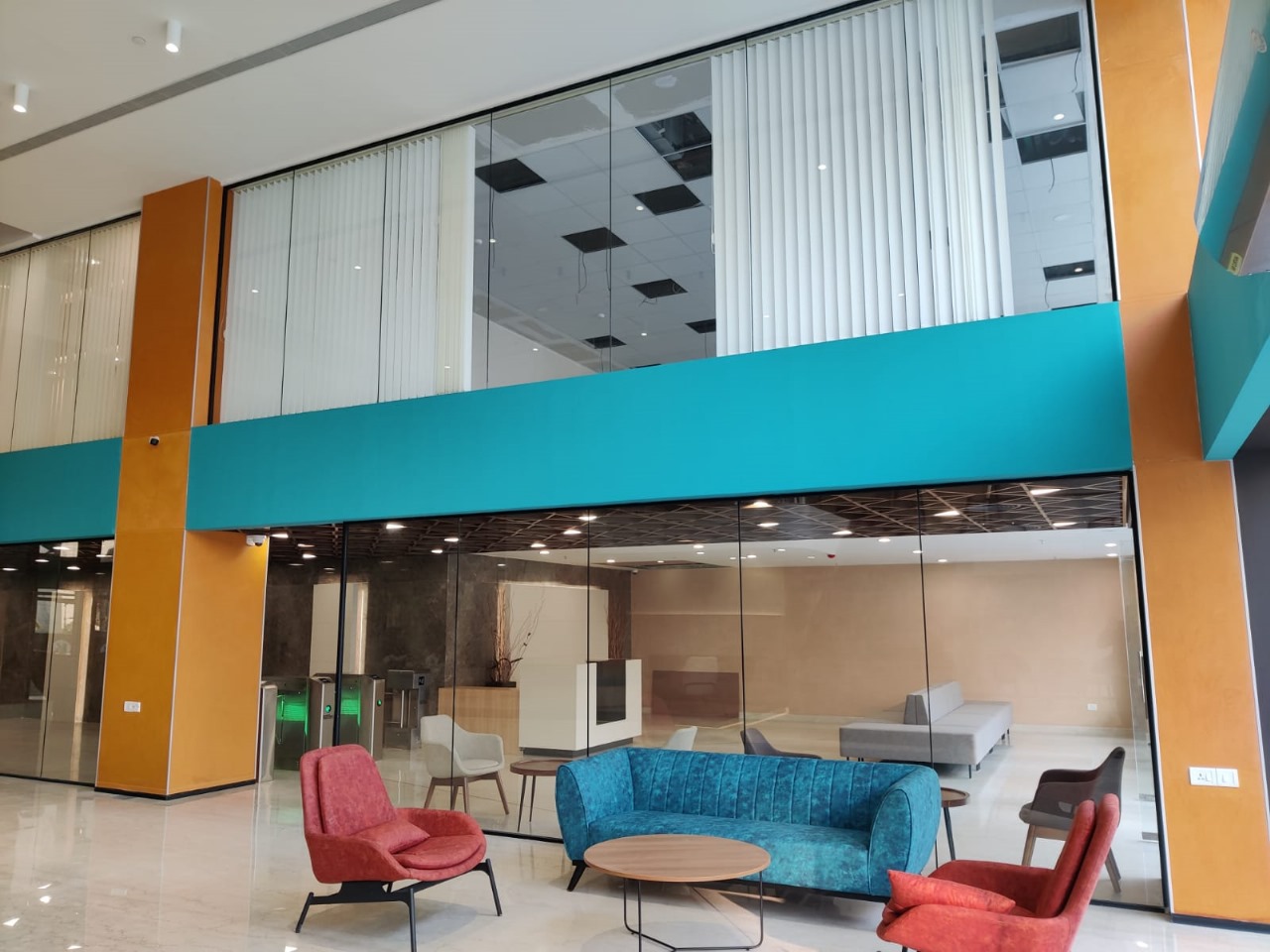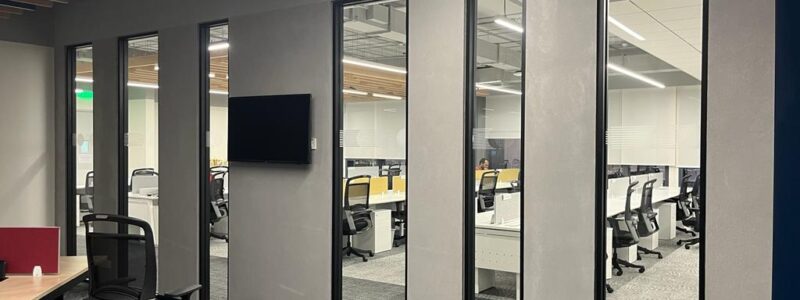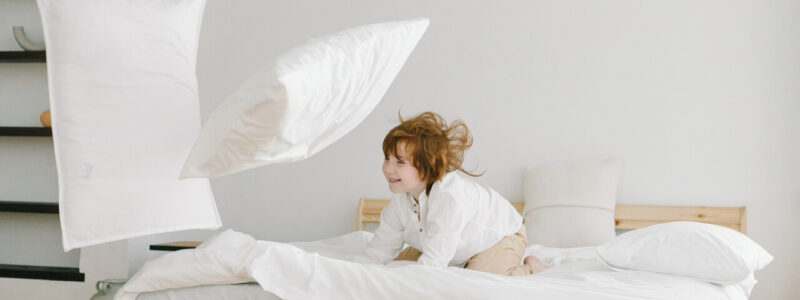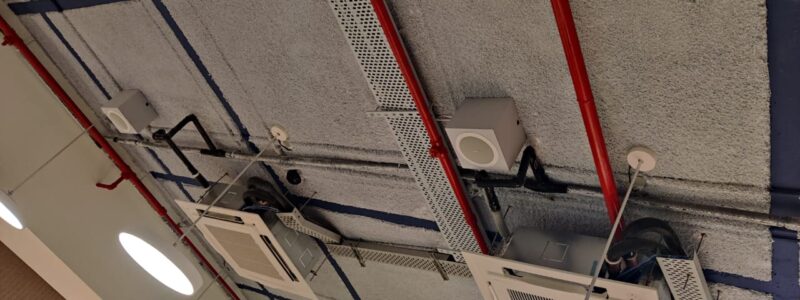Choosing the right interior designer or decorator can transform your home or office into a space that not only looks stunning but also functions perfectly for your needs. With so many options available, finding the right professional can be a daunting task. Here’s a guide to help you navigate this process and ensure you find the perfect match for your project.
1. Understand Your Style and Needs
Before you start your search, it’s crucial to have a clear understanding of your style and what you want to achieve with your space. Browse through magazines, websites, and social media platforms like Pinterest and Instagram to gather inspiration. Note the colors, designs, and layouts that appeal to you. This will not only help you articulate your vision but also guide you in selecting a designer whose style aligns with yours.
2. Set a Realistic Budget
Interior design and decoration can range from affordable to high-end luxury. Setting a realistic budget from the beginning helps narrow down your options. Be transparent about your budget with potential designers to ensure they can deliver within your financial constraints. Remember to account for design fees, materials, and possible unforeseen expenses.
3. Research and Shortlist
Start your search by asking for recommendations from friends, family, and colleagues. Online reviews and portfolios are also valuable resources. Websites like Houzz, Yelp, and Google Reviews provide insights into a designer’s reputation and previous work. Create a shortlist of designers who have experience with projects similar to yours and have received positive feedback from clients.
4. Check Credentials and Experience
Ensure that the designers on your shortlist have the necessary qualifications and experience. Look for certifications from professional bodies like the American Society of Interior Designers (ASID) or the International Interior Design Association (IIDA). Experienced designers often have a portfolio that showcases their work across different styles and settings, demonstrating their versatility and skill.
5. Review Portfolios and Past Projects
Take a close look at the portfolios of your shortlisted designers. Pay attention to the diversity of their work, the quality of finishes, and how they handle different spaces and styles. If possible, visit some of their completed projects in person. This will give you a better sense of their craftsmanship and attention to detail.
6. Interview Potential Designers
Set up meetings or consultations with the designers you are considering. This is an opportunity to discuss your project, ask questions, and gauge their enthusiasm and understanding of your vision. Key questions to ask include:
- What is your design process?
- How do you handle project timelines and budgets?
- Can you provide references from previous clients?
- How do you incorporate client feedback into your designs?
7. Assess Communication and Compatibility
Effective communication is vital in any design project. You need a designer who listens to your ideas, provides constructive feedback, and communicates clearly throughout the project. Assess their responsiveness and willingness to collaborate during your initial interactions. A good rapport and mutual respect are essential for a successful partnership.
8. Understand Their Design Process
Different designers have different approaches to their work. Make sure you understand how they plan to execute your project. Ask about their design process, timeline, and how they handle challenges. Knowing what to expect at each stage of the project helps avoid misunderstandings and ensures a smoother workflow.
9. Check References and Reviews
Reach out to past clients to get a firsthand account of their experience working with the designer. Ask about the designer’s reliability, ability to stay within budget, problem-solving skills, and overall satisfaction with the final result. Honest feedback from previous clients can provide valuable insights and help you make an informed decision.
10. Trust Your Instincts
Finally, trust your instincts. Choose a designer who not only has the skills and experience but also makes you feel confident and comfortable. Your designer should inspire trust and make you feel excited about the project ahead.
Conclusion
Finding the right interior designer or decorator involves a combination of research, clear communication, and personal connection. By following these steps, you can find a professional who will bring your vision to life and create a space that is both beautiful and functional. Whether it’s your home or office, the right designer can make all the difference in transforming your environment.
